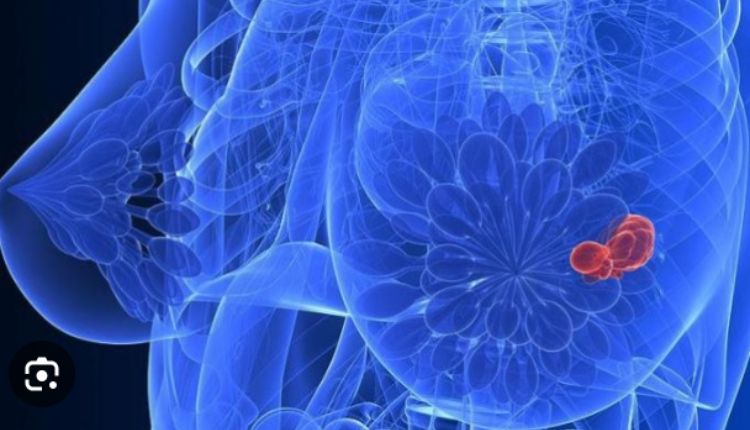Breast cancer, a malignant tumor that originates from the cells of the breast, is one of the most common cancers affecting women worldwide. This essay aims to provide an in-depth analysis of breast cancer, its causes, symptoms, diagnosis, treatment options, and prevention strategies.
Breast cancer begins when the cells in the breast start to grow out of control. These cells usually form a tumor that can often be seen on a mammogram or felt as a lump. The tumor is malignant if the cells can grow into surrounding tissues or spread to distant areas of the body. Breast cancer occurs almost entirely in women, but men can get it too.
The exact cause of breast cancer remains unclear; however, certain risk factors are associated with the disease. These include age, genetic mutations such as BRCA1 and BRCA2, family history of breast or ovarian cancer, early menstruation or late menopause, having no children or having your first child after age 30, and exposure to estrogen over a long period. Lifestyle factors such as obesity, lack of physical activity, and alcohol consumption also contribute to the risk.
Symptoms of breast cancer vary widely – from lumps to skin changes – and many breast cancers have no obvious symptoms at all. Symptoms that are similar to those of breast cancer may be the result of non-cancerous conditions such as infection or a cyst. It’s crucial to get any breast changes checked by a health professional right away.
Diagnosis of breast cancer typically involves several steps starting with a physical examination followed by imaging tests like mammograms, ultrasound or MRI scans. If these tests reveal an abnormality, a biopsy is performed where a small sample of tissue is removed for examination under a microscope. The biopsy helps determine whether the cells are cancerous and if so, what type of cancer it is.
Once diagnosed with breast cancer, treatment options depend on various factors including the type and stage of cancer, potential side effects, patient’s overall health and personal preferences. Treatment modalities for breast cancer include surgery (lumpectomy or mastectomy), radiation therapy, chemotherapy, hormone therapy and targeted therapy drugs.
Surgery is often the first line treatment for most types of breast cancer with an aim to remove as much of the tumor as possible. Radiation therapy uses high-energy waves to kill cancer cells while chemotherapy uses drugs to kill rapidly growing cells including cancer cells. Hormone therapy slows or stops the growth of hormone-sensitive tumors by blocking the body’s ability to produce hormones or by interfering with hormone action. Targeted therapy drugs specifically target certain characteristics of cancer cells such as a protein that allows the cancer cells to grow in a rapid or abnormal way.
Prevention strategies for breast cancer primarily involve lifestyle modifications such as maintaining a healthy weight, staying physically active, eating fruits and vegetables, not smoking and limiting alcohol consumption. Regular screening can help detect breast cancers early when they are more likely to be curable.
In conclusion, understanding breast cancer involves recognizing its risk factors and symptoms along with knowledge about diagnosis and treatment options. While it remains one of the most common cancers among women worldwide, advancements in research have led to improved detection methods and more effective treatments thereby increasing survival rates significantly over time. However, prevention through lifestyle modifications remains key in reducing one’s risk.

